The CBS6000 is a 6502-based computer I built back in 2014. Back then I took great interest in retro computing especially Commodore 64 computers. Some of these computers did not work, so they would be repaired or scrapped for parts. I had a spare 6510 CPU (6502 with some extra features), two 6526 CIA's (IO with timers) and assorted logic IC's. Combined with parts I could salvage from the dumpster at the college electronics lab I could make this microcomputer. The computer consists of a CPU board and an I/O board. The CPU board is a self-contained microcomputer and can work without the I/O board attached.
System Specifications
A quick overview of the computer specifications.
- CPU: MOS Technology 6510 @ 0.96MHz
- RAM: 128KB
- ROM: 8KB (contains operating system)
- Timers: 4x Timer with interrupt
- IO: 16x GPIO, ADC, UART, USART, FSK modem, Line Printer, Seven segment display
- Power: Single 5V supply
Software
The "operating system" is a customized version of "The Woz" Monitor created by Steve Wozniak for the original Apple 1 computer, which used the 6502 processor. This monitor program allows the user to view and alter the computer's memory and I/O registers. I have added drivers for the CBS6000 built-in peripherals
- Serial input/output
- Loading/saving memory to casette
- Loading memory from serial port
- Seven segment display output
- Line printer
I placed operating system in quotes, because it lacks essential operating system functionality, such as a task scheduler.
Hardware
There are 4 parts that make up the computer.
- Main CPU Board
- I/O Board
- Backplane
- Interface Board
The CPU board is a self-contained microcomputer containing a processor, memory and some I/O. The IO is provided by a CIA (Complex interface adapter). The system clock is also generated on this board.
The I/O Board adds various interfacing options to the computer.
- Two UARTs one for the command line interface and the other for the FSK modem. The command line interface runs at 57600 baud and can also be used for binary data transfer.
- FSK modem works with an audio signal, which can be sent over telephone lines or can be used to access data on audio casette. It runs at 1200 baud.
- Additional GPIO and Timers provided by a second CIA
- LED Seven Segment Display controlled by the second CIA
- 8-bit resolution Analog to Digital Converter
The main board connects to the I/O board via the Backplane. It distributes power and data trough the system.
The Interface Board contains level shifting and input protection for the I/O on the CPU Board and I/O board signals.
 Koen van Vliet
Koen van Vliet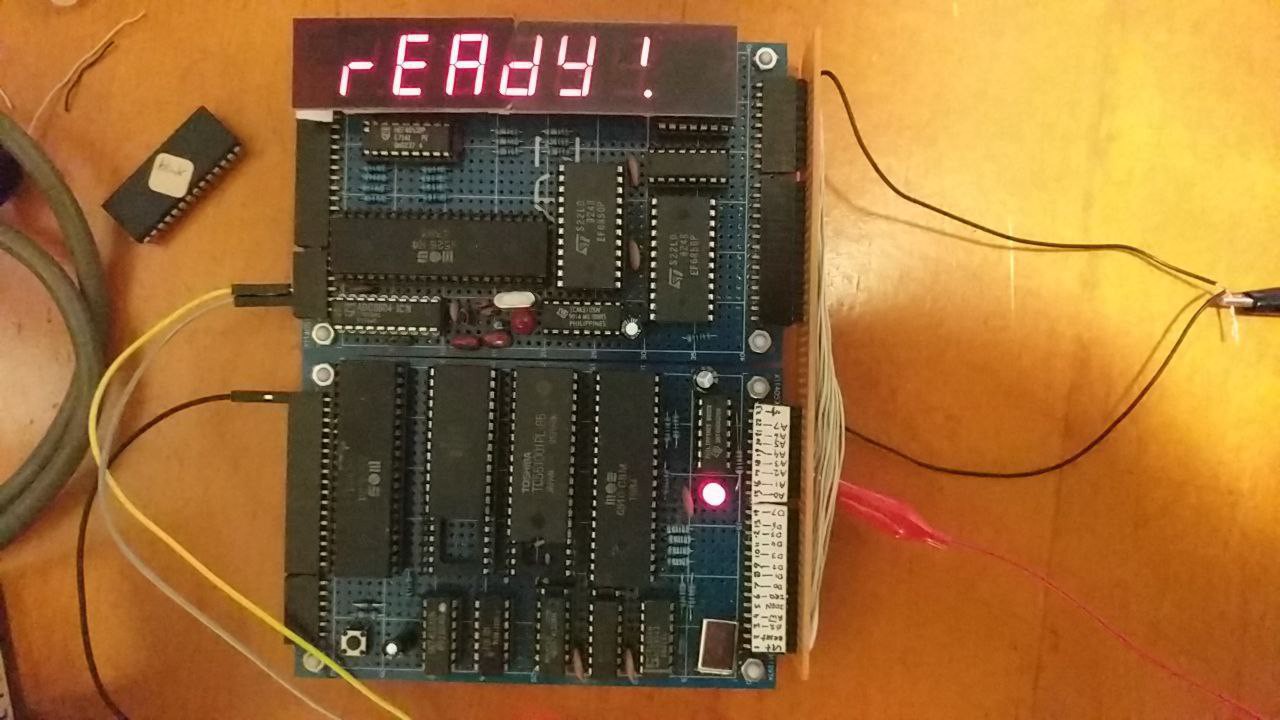
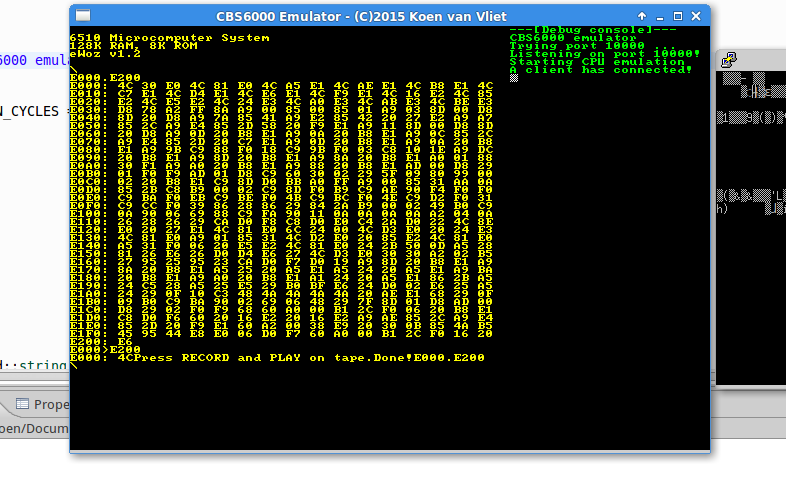
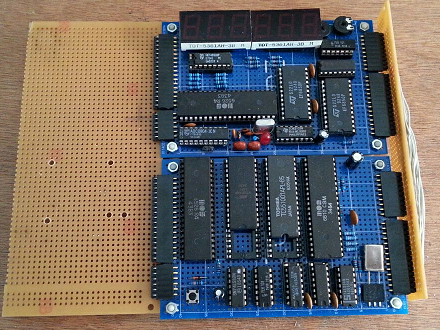

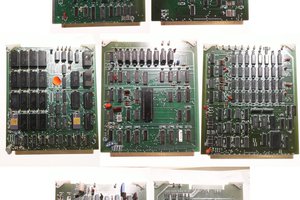
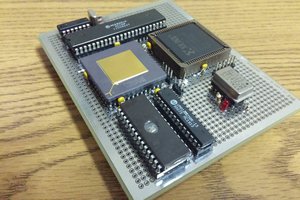
 Jason Westervelt
Jason Westervelt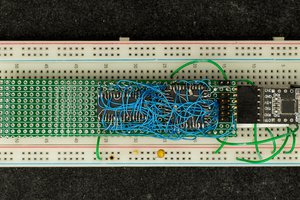
 Plasmode
Plasmode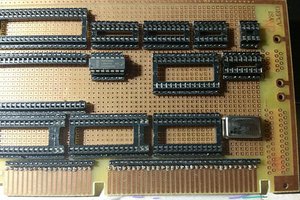
 BladeRunner
BladeRunner
me too!